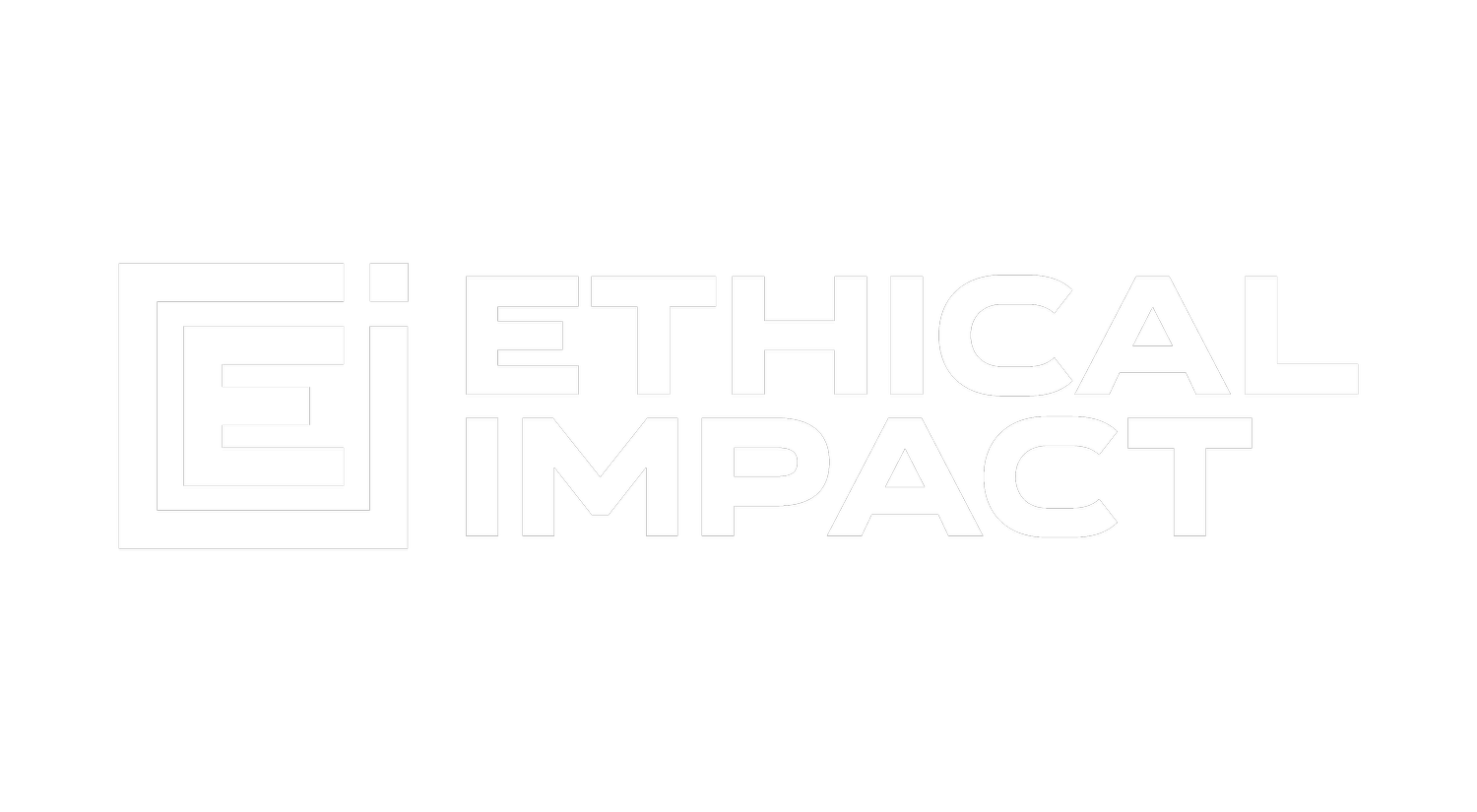Modern Slavery
There are 27.6 million people in the world in a situation of Forced Labour
Modern Slavery: Understanding the Reality
The term slavery is powerful. It evokes strong, often visceral images—people in chains, confinement, or dramatic rescue. But the reality of modern slavery—forced labour, trafficking, and severe exploitation—rarely looks like the cinematic version.
Today, modern slavery most often looks like ordinary work. It’s happening on farms, in factories, in homes and offices—anywhere in the world. What binds people in these situations isn’t always visible. The chains are often financial, psychological, or rooted in systemic vulnerabilities.
Importantly, forced labour is frequently not a single event but a cumulative experience. It can be the result of repeated, minor abuses—underpayment, threats, excessive recruitment fees, or restrictions on movement—that, when layered over time, create conditions of coercion and control.
Spotting and Preventing Exploitation
Preventing modern slavery begins with clarity. We must understand what it is—and what it isn’t?
That means asking the right questions:
What signs should we be looking for?
What factors increase someone’s vulnerability?
How might company policies, recruitment practices, or commercial pressure points inadvertently contribute to exploitation?
Too often, harm is enabled not just by bad actors, but by gaps in systems that fail to see or protect the most at-risk individuals. Prevention isn’t just about identifying abuse—it’s about recognising where business decisions intersect with human vulnerability, and responding early.
At Ethical Impact, we help companies, students, and civil society organisations navigate this complexity —bridging practical know-how with a grounded understanding of human rights risk.
Modern Slavery Looks Like Work! Companies need to stop looking for slaves, and instead start looking at how the policies, processes and procedures of their operations may make workers vulnerable.
The UK Modern Slavery Act (2015)
The UK Modern Slavery Act is a landmark piece of legislation aimed at preventing modern slavery, forced labour, and human trafficking—and ensuring greater transparency and accountability within business supply chains.
Under Section 54 of the Act, known as the Transparency in Supply Chains (TISC) provision, certain commercial organisations operating in the UK with a turnover of £36 million or more are required to publish an annual Modern Slavery Statement. This statement should outline the steps they are taking to identify, prevent, and address modern slavery risks in their own operations and supply chains.
Why It Matters for Business
The Act places a spotlight on corporate responsibility, making it clear that companies cannot ignore risks of exploitation linked to their suppliers, labour providers, or recruitment practices. While the Act does not mandate specific actions, it expects businesses to show meaningful progress—and to be open to public, investor, and stakeholder scrutiny




